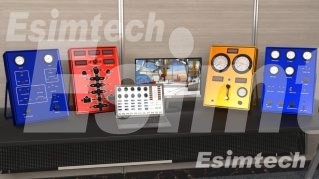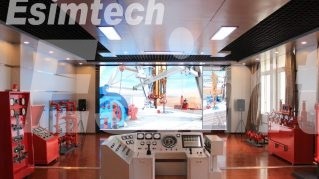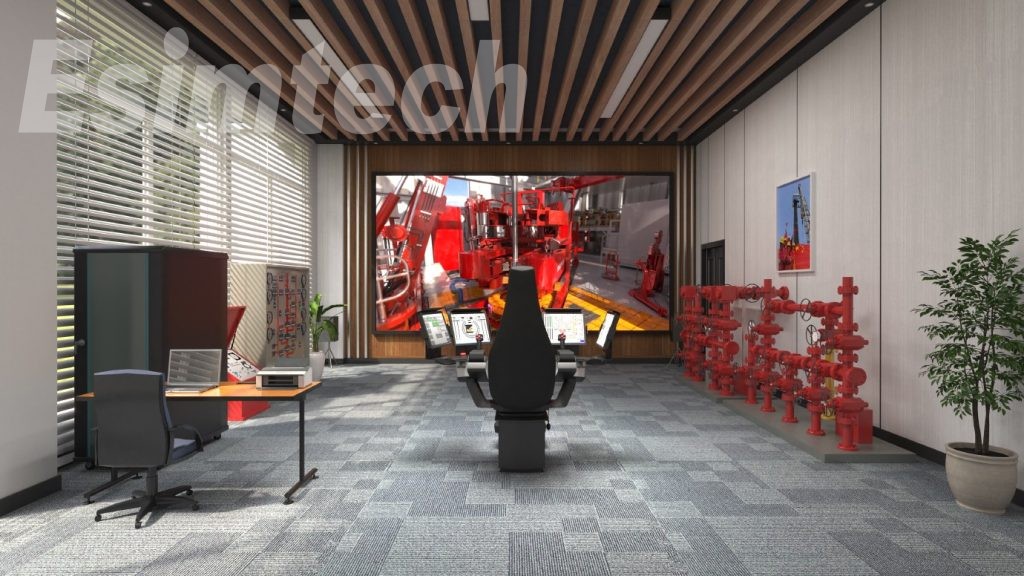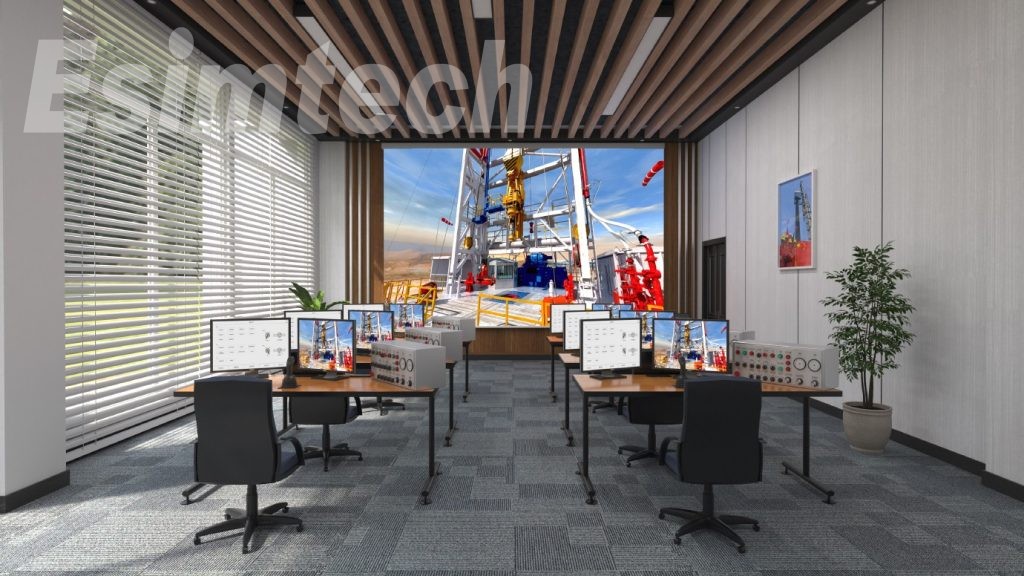What Are the Classifications of Oil Drilling?
Oil drilling types are generally divided into geological exploration wells, pre-exploration wells, detailed exploration wells (evaluation wells), development wells (including inspection data wells, production wells, water injection wells, adjustment wells, etc.). According to the well structure, it can be divided into vertical well, horizontal well and some other special structure wells.
Production Well

Production wells, also called development wells, are wells drilled for oil and gas production during the oilfield development stage, including oil (gas) wells, water injection (gas) wells, adjustment wells, etc. Drilling production wells generally do not take cores, the formation conditions are clear, the drilling speed is fast, and the cost is low.
(1) Oil (gas) wells: During oil field development, wells drilled for the exploitation of oil and natural gas can be divided into oil-producing wells and gas-producing wells.
(2) Water (gas) injection wells: wells drilled to inject water and gas into the oil field to supplement and make rational use of formation energy in order to increase the recovery rate, and can be divided into positive injection wells (wells that inject water from the tubing to the formation ) and reverse injection wells (wells that inject water from the casing into the formation).
(3) Adjustment wells: On the basis of the original well pattern, the supplementary drilling to improve the oilfield development effect refers to the wells drilled in favorable positions during the oil and gas field development process to better develop the oil and gas fields.
Exploration well

Exploration wells are wells drilled for the purpose of obtaining geological data, including geological wells, pre-exploration wells, detailed exploration wells, and evaluation wells. Exploration wells are generally drilled vertically.
(1) Pre-exploration wells: refers to wells drilled to discover oil and gas reservoirs in favorable traps determined by seismic detailed investigation and comprehensive geological research, including wells drilled to discover new oil and gas reservoirs in known oil fields well.
(2) Detailed exploration wells: refers to wells drilled in the discovered oil and gas traps to prove the boundaries and reserves of oil and gas, and to understand the structure and oil production capacity of oil and gas layers.
(3) Evaluation well: refers to the well drilled to prove the oil and gas area and geological reserves of the trap after the oil and gas reservoir is discovered in the preexploration well.
Due to the unknown formation conditions and the need to take cores and measure geological data, drilling exploratory wells takes a long time and costs a lot.
Geological exploration wells, pre-exploration wells and detailed exploration wells (evaluation wells) are collectively referred to as exploration wells. Development wells include two types: one is oil production wells, gas production wells, water injection wells, and gas injection wells drilled for oil production; the other is adjustment wells, supplementary wells, inspection of resource wells, etc.
Directional well

In oil drilling, in addition to vertical wells, wells drilled along the design trajectory according to certain purposes and requirements are called directional wells, including horizontal wells and deviated wells. With the development and improvement of drilling technology, in order to meet the needs of oil and gas field exploitation, highly deviated wells, horizontal wells and extended reach wells have been the development direction since the 1990s.
(1) Horizontal well
A horizontal well refers to a well with a designed large well inclination between 86° and 120° and drilled along the (nearly) horizontal direction to a fixed length. Since the horizontal well can increase the exposed area of the developed oil layer, increase the oil production of the oil layer and the recovery rate of the oil field, the horizontal well technology has been developed since the 1990s. Horizontal wells can be divided into four types of curvature radii: long, medium, medium-short, and short. Horizontal well drilling is relatively difficult, and most require special equipment, drilling tools, tools, instruments and special processes.
(2) Deviated well
Deviated wells refer to wells whose designed large inclination angle does not exceed 85°, and can be divided into low-inclination wells, medium-inclination wells, and high-inclination wells, among which medium-inclination wells are used more.
(3) Cluster wells
During the development of an oil field, due to the constraints of the ground, environment and other conditions, as well as the requirements for rational use of land resources, it is often necessary to drill several or dozens of directional wells and one vertical well in a planned manner on a well site or platform. These wells are collectively referred to as Cluster wells. The distance between wellheads (well spacing) of cluster wells is generally 2~3m. Cluster wells can reduce the construction costs of well sites or platforms, and facilitate the production management of oil wells, and are widely used in offshore oilfield development.
Deep and ultra-deep wells

- According to the drilling depth, it can be divided into shallow wells (the drilling depth is less than 2000 meters)
- Medium-deep wells (drilling depth 2000-4500 meters)
- Deep wells (the drilling depth is 4500-6000 meters)
- Ultra-deep wells (drilling wells deeper than 6,000 meters)
Esimtech is a manufacturer of simulation training systems for the oil and gas industry, and its products include the entire production line of the oil and gas industry. Including drilling simulators, well control simulators, emergency training simulators and more. You can view our product types. If the product you need is not included in the list, we can also customize it according to your needs.




